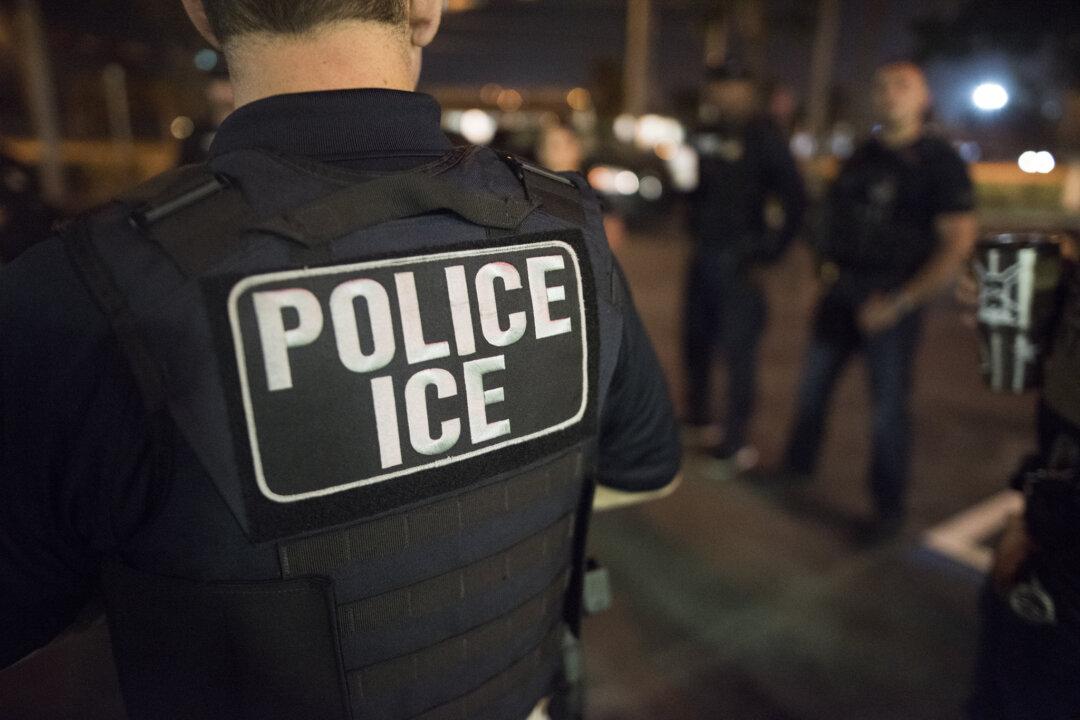Immigration and Customs Enforcement (ICE) is reportedly filing new claims with the immigration courts to deport some young adult immigrants who have remained in the United States under the Deferred Action for Childhood Arrivals program (DACA), WGN-TV reported.
Immigrant rights advocate Jose Munoz said that young people on the program, known as “Dreamers,” arrived in the country illegally as children but that reports have surfaced in three states of DACA recipients receiving deportation case notifications.





